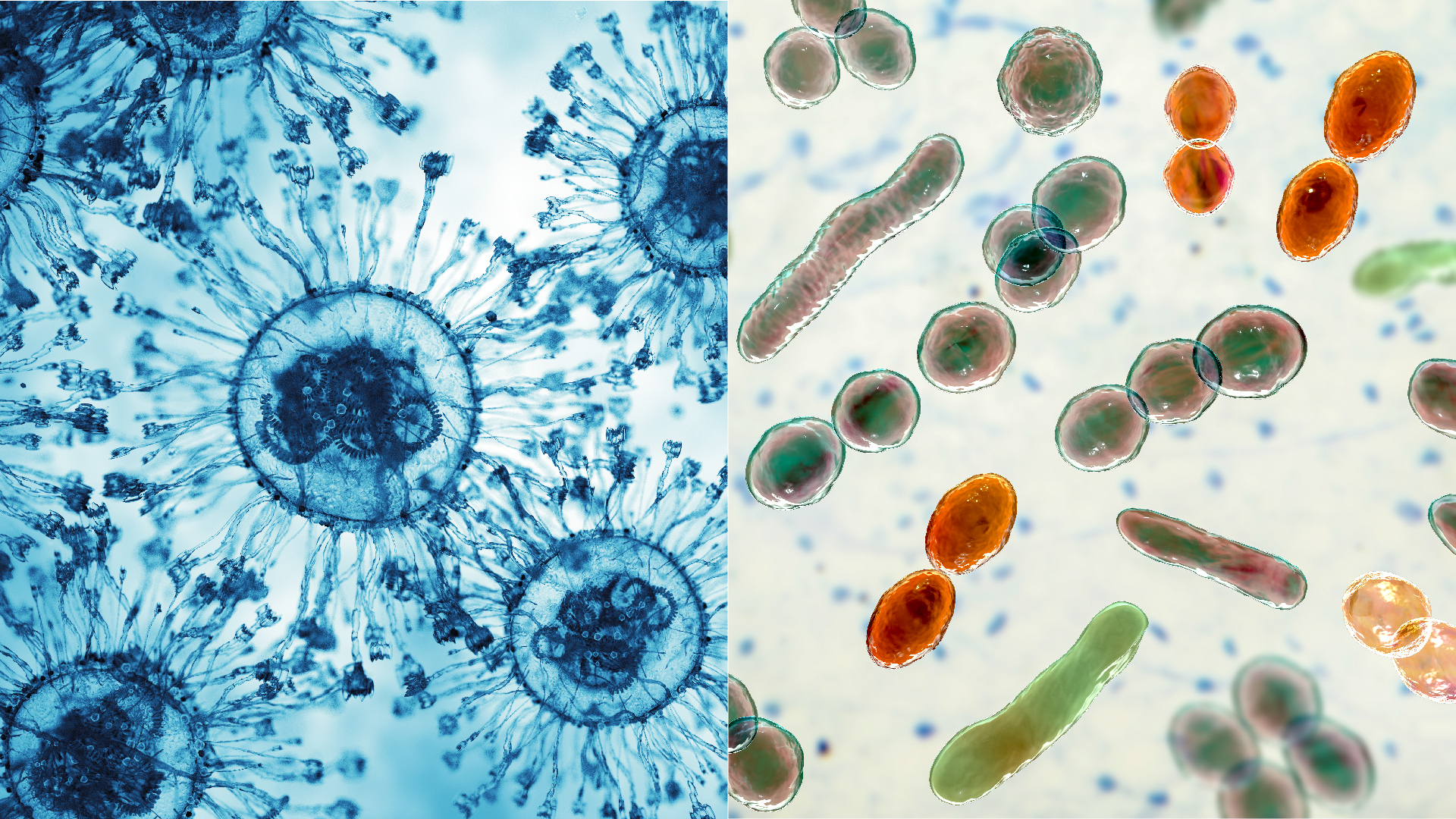Biomedicines, Vol. 12, Pages 2378: Causal Relationship Between Sjögren’s Syndrome and Gut Microbiota: A Two-Sample Mendelian Randomization Study
Biomedicines doi: 10.3390/biomedicines12102378
Authors: Xinrun Wang Minghui Liu Weiping Xia
Background: Gut microbiota have been previously reported to be related to a variety of immune diseases. However, the causal connection between Sjögren’s syndrome (SS) and gut microbiota has yet to be clarified. Methods: We employed a two-sample Mendelian randomization (MR) analysis to evaluate the causal connection between gut microbiota and SS, utilizing summary statistics from genome-wide association studies (GWASs) obtained from the MiBioGen and FinnGen consortia. The inverse variance weighted (IVW) approach represents the primary method of Mendelian randomization (MR) analysis. Sensitivity analysis was used to eliminate instrumental variables heterogeneity and horizontal pleiotropy. In addition, we performed an analysis using independent GWAS summary statistics for SS from the European Bioinformatics Institute (EBI) dataset for further verify our results. Results: IVW results demonstrated that the phylum Lentisphaerae (OR = 0.79, 95% CI: 0.63–0.99, p = 0.037), class Deltaproteobacteria (OR = 0.67, 95% CI: 0.47–0.96, p = 0.030), family Porphyromonadaceae (OR = 0.60, 95% CI: 0.38–0.94, p = 0.026), genus Eubacterium coprostanoligenes group (OR = 0.61, 95% CI: 0.4–0.93, p = 0.021), genus Blautia (OR = 0.62, 95% CI: 0.43–0.90, p = 0.012), genus Butyricicoccus (OR = 0.61, 95% CI: 0.42–0.90, p = 0.012), genus Escherichia.Shigella (OR = 0.7, 95% CI: 0.49–0.99, p = 0.045) and genus Subdoligranulum (OR = 0.61, 95% CI: 0.44–0.86, p = 0.005) exhibited protective effects on SS. Relevant heterogeneity of horizontal pleiotropy or instrumental variables was not detected. Furthermore, repeating our results with an independent cohort provided by the EBI dataset, only the genus Eubacterium coprostanoligenes group remained significantly associated with the protective effect on SS (OR = 0.41, 95% CI: 0.18–0.91, p = 0.029). Two-step MR analysis further revealed that genus Eubacterium coprostanoligenes group exerts its protective effect by reducing CXCL6 levels in SS (OR, 0.87; 95% CI = 0.76–0.99, p = 0.033). Conclusions: Our study using two-sample MR analysis identified a causal association between multiple genera and SS. A two-step MR result calculated that genus Eubacterium coprostanoligenes group mediated its protective effect by reducing CXCL6 levels in SS. However, the datasets available from the MiBioGen and FinnGen consortia do not provide sufficient information or comprehensive demographic data for subgroup analyses. Additional validation using various omics technologies is necessary to comprehend the development of SS in the intricate interplay between genes and the environment over a period of time.

 10 hours ago
13
10 hours ago
13


